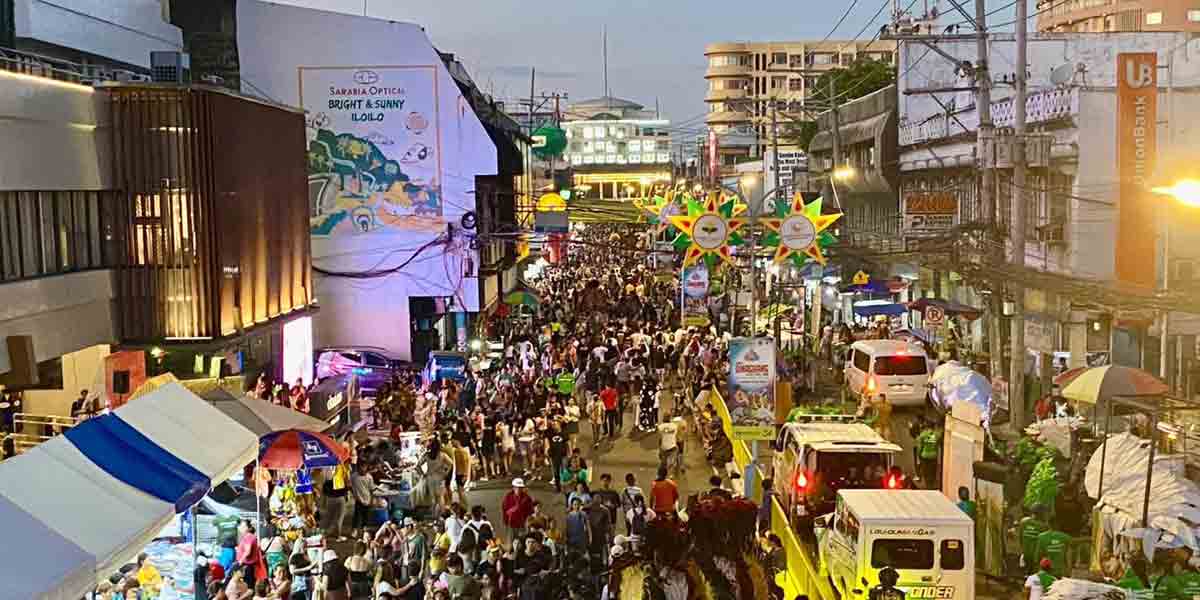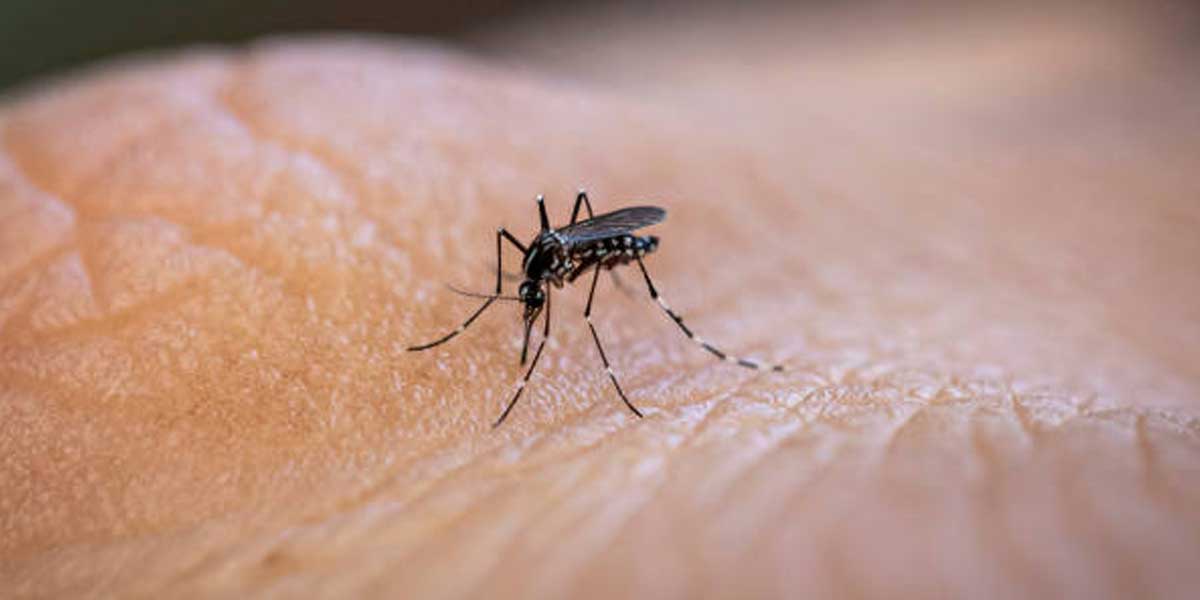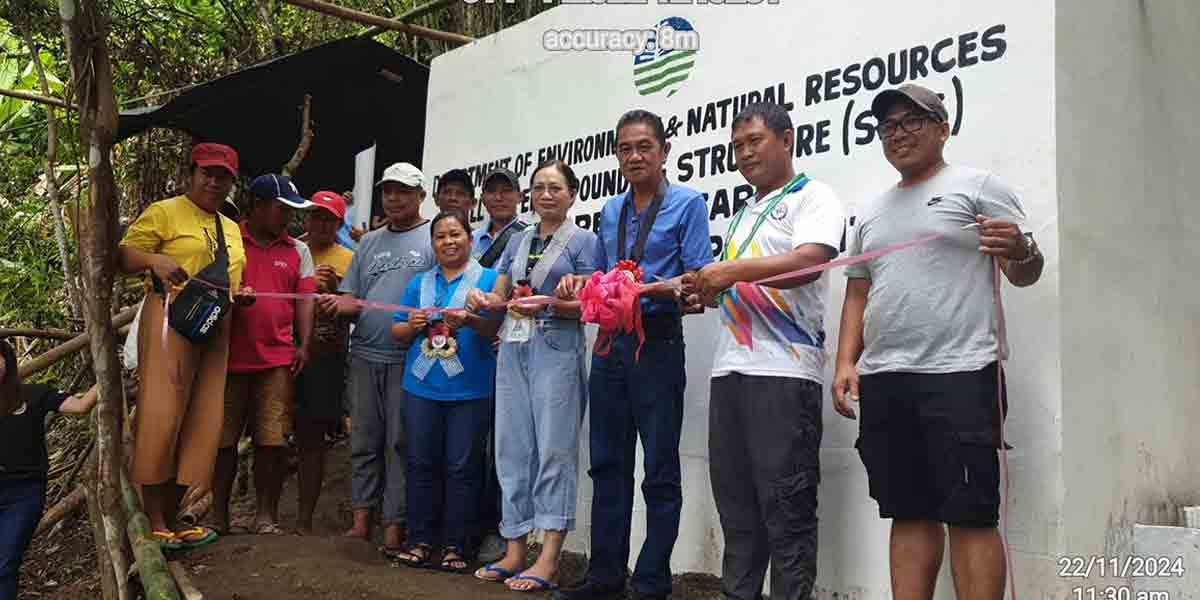
By: Emme Rose Santiagudo
IT IS unconventional to see an Ati or any member of an Indigenous Peoples’ (IP) community excel and succeed in their chosen fields.
But now, more and more members of the IP community in Western Visayas are finishing their education and rising above the challenges of stereotypes and bullying.
Atty. Gerri Ann Villaruel, vice head of the Committee on Central Cultural Communities and member of the Panay Bukidnon community in Iloilo, said that while IP communities are now respected and accepted, discrimination still exists.
Villaruel said the discrimination usually involved judgement of their skin color.
“Ang judgment sa mga Pinoy sa skin color grabe gid. Ang iban nga indigenous communities mga maputi, so I think it all boils down nga we are all the same, we all have rich culture and heritage,” she said in a press conference on October 8, 2019 at GT Hotel in City Proper district for the Dayaw Suroy or media caravan 2019 of the National Commission for Culture and the Arts (NCCA).
The judgement can be rooted to the Filipino’s usual perception of the IPs, according to Villaruel.
“In our own case, ang perception sa ila mga tagabukid, wala ka tapos, I think amo man na ang struggle sa iban. But now, more members of cultural community, gakatapos and are successful in their own fields,” she said.
Villaruel added that the problem also lies on the fact that IP communities in Visayas are considered “minorities”.
“When you go to Batanes, 99 percent of people are Ivatan or indigenous groups, when you go to Cordillera more than 80 percent are member of the indigenous communities. Our struggle ever since is that indigenous people in the Visayas comprises the minority of our population,” she said.
Based on a report from the Philippine Statistics Authority (PSA) in 2013, the total population of IPs in Western Visayas is 176,844.
Out of this number, 69,105 (39.1%) live in the province of Iloilo; 36,239 (20.5%) in Negros Occidental; 28,196 (15.9%) and 22,837 (12.9%) live in Capiz and Aklan, respectively.
Around 703 IPs, or less than one percent of the total IP population, live in the province of Guimaras.
According to Villaruel, based on the clustering of the National Commission for Culture and the Arts (NCCA), some of the IP communities in Western Visayas are the Atis of Iloilo/Guimaras/Capiz; Atis of Aklan/Antique; Atis of Negros; Panay Bukidnon in Panay; and Magahat-Bukidnon in Negros, among others.
Mainstreaming the indigenous culture in Visayas is also a challenge since the Atis and other IP communities are either nomadic in nature or can be found in the hinterlands of Panay.
“When it comes sa pagpa-mainstream sang indigenous culture in Visayas, it’s sad to say nga as compared to the North and the South, wala kita masyado namainstream in the Visayas. Partly because Ati, which are nomadic in nature, indi mo sila makita in one area lang so they are spread throughout and also the Panay Bukidnons are situated in the mountainous area, hinterlands of Panay. In Negros, they are also situated in the Hinterlands of Negros,” Villaruel explained.
But for Felicitas Catedrilla, a member of the Committee on Central Cultural Communities (CCCC) and representative of the Ati of Capiz/Iloilo/Guimaras, the usual stereotypes against the Ati community should be used as an inspiration for them to strive hard.
Catedrilla, who hails from Calinog town in Iloilo, recalled that she dreamed of finishing her education before but she never got the chance to go to college because of poverty.
“Syempre gusto ko man kauna makatapos pero tungod pigado akon mga ginikanan so highschool graduate lang ako,” she said.
From then on, she promised herself she would work hard so that her children will not suffer the same struggles that she encountered.
“Amo na hambal ko sa kaugalingon ko, gusto ko gid indi maagyan sang akon bata ang naagyan ko nga kapigaduhon sa kabudlay mangamo, manggarab, tanan nga ubra sa uma. Gusto ko gid ibuhos ang tanan ko nga handom nga waay natuman ihatag sa ila,” Catedrilla said.
Catedrilla shared she did almost all kinds of work in the farm just to send her children to go to school.
Instead of being discouraged by discrimination and bullying of non-IPs, Catedrilla said it inspired her even more to strive hard for her family.
“Ina nga challenges, naghatag sa akon sang mayo nga bugay sa personal experience sa akon pamilya kay ang bata ko gin-amo sina so nagpursigi gid siya nga makatapos sa iya nga pag-eskwela para sa pila nga adlaw hindi man siya ma-amo sina kung maka-angat angat gidman siya,” she said.
Now, Catedrilla is the proud mother of three children who all earned college degrees.
One is a degree holder of Hotel and Restaurant Management (HRM) from West Visayas State University – Calinog Campus while one is a Criminology graduate of WVSU in Lambunao Campus.
Her other child is a cum laude graduate of Information Technology Bachelor of Science in Information Technology and now studies law in Central Philippine University (CPU).
“Proud gid ako, siling ko sa ila indi niyo gid pagkaikahuya nga ati kamo kay kon indi kamo ati wala kamo ginpa-eskwela sang National Commission on Indigenous Cultural Communities/lndigenous Peoples (NCIP),” Catedrilla shared.
Catedrilla urged her fellow Atis and other IPs to study hard for their education.
“Teh amo gid na ang challenge ko sa pareho ko nga mga ati nga indi kamo magkayo-kayo, eskwela gid kamo todo,” she said.
There is always a fear that education can rub out one’s culture but this can also be a tool for IP communities to spread their culture, Villaruel emphasized.
“I think most of them would not want to do, it’s their choice, although we understand some of them but sa amon kabataan subong, we try so hard gid ya especially to the young generation, to make them appreciate, to make them believe that being a Panay Bukidnon or an IP is an added asset,” Villaruel said.
In the same way, technology can also be used to the advantage of IPs to promote their products and culture, she added.
“Education-wise, NCAA are receptive of the younger generation sa propensity sa use of technology but you can use it to your own advantage, you can promote products and they can connect other people,” she said.
In celebration of the IPs Month, the NCCA hosted a leg of the “Dayaw Suroy” Media Caravan 2019 in some parts of the country.
The caravan will visit key cities in the country to promote the National Indigenous People’s Month.
With the theme, “Vital Wisdoms: Learning with the IPs” (Buhay na Dunong: Pagkatuto Kasama ang mga Katutubo), the celebration highlights the Intangible Cultural Heritage (ICH) which includes oral traditions, languages, rituals and practices, knowledge systems and craftsmanship among others.
As the highlight, the NCCA will hold a national conference called, “Kalkali” (Kankana-ey word for “conversations”) from October 28 to October 29, 2019 to be held at the Maryhill School of Theology in Quezon City.
“We cannot keep people from judging and we try our best to promote and make people understand that is why we have this caravan also known as “Dayaw” to celebrate their uniqueness. We also have the School of Living Tradition (SLT) here in Panay to enrich the culture of our IPs,” Villaruel noted.




















